7 Facts about the Spanish Steps
7 Facts about the Spanish Steps
With its irregular butterfly design, the beautiful “Scalina Spagna”, or Spanish Steps are just one of these must see places when in Rome and a great example of Roman Baroque Style. It’s a great place to just sit down and enjoy the atmosphere and views of the Eternal City. The steps are a wide irregular gathering place consisted of 138 steps placed in a mix of curves, straight flights, vistas and terraces. They connect the lower Piazza di Spagna with the upper piazza Trinita dei Monti, with its beautiful twin tower church dominating the skyline.7 facts about the Spanish Steps:
1 The Spanish steps were built in 1723-1725 by a design of the rather little known architect Francesco de Sanctis and were financed by French diplomat Étienne Gueffier’s bequeathed. It was built in order to link the the Trinità dei Monti church that was under the patronage of the king of France, with the Spanish square below. The long, triangular Spanish square is named after the Spanish Embassy to the Holy See. In the 17th century, the area around the embassy was even considered Spanish territory. The idea of connecting the church with the square below originates from the 17th century, when the French also planned a statue of King Louis XIV of France at the top of the staircase. This plan was never executed, due to the refusal of the Pope.
2 The Spanish steps unique design and elegance has made it a popular place for artists, painters and poets who were attracted to the place which inspired them in return. The artist’s presence attracted many beautiful women to the area, hoping to taken as models. This in turn, attracted rich Romans and travelers. After a short time, the steps were crowded with people of all kinds of backgrounds. This tradition, of the Spanish Steps as a meeting place, has lived on ever since.
3 At the lower end of the stairs you can find an early baroque fountain called Fontana della Barcaccia, or “Fountain of the Old Boat”. It is credited Pietro Bernini; a member of the renowned artist family Bernini and father of famous Baroque artist Gian Lorenzo Bernini. The fountain has the form of a sinking ship and it is said to be based upon a folk legend. The legend tells that a fishing boat was carried all the way to this exact spot during a massive flood of the Tiber River in the 16th century. The design with the sinking boat also helped Bernini to overcome a technical problem, due to low water pressure.
4 On the 13th June, 2007, a drunken young man attempted to drive a Toyota Celica down the Spanish Steps. Luckily no one was hurt, but several of the 200-year-old steps were chipped and scuffed. The driver was arrested.
5 At the corner on the right as one begins to climb the steps, is the house where English poet John Keats lived and died in 1821; it is now a museum dedicated to his memory, full of memorabilia of the English Romantic generation.
6 On the 20th March, 1986, the first McDonalds restaurant in Italy was opened near the Spanish Steps. Protests there against fast food led to Carlo Petrini founding the international Slow Food movement three years later.
7 We pass by the Spanish Steps during our “All Rome Segway Tour” and “Rome Day Segway Tour”.
READY TO SEE
IMPERIAL ROME
WONDERS & MONUMENTS?
ROME BY SEGWAY
100% satisfaction on TripAdvisor
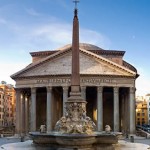
10 Facts About The Pantheon
Even today, almost 2000 years after its construction, the breathtaking pantheon is a remarkable building to see. The spectacular design, proportions, elegance and harmony are a striking reminder of the architecture of the great Roman Empire… Continue Reading…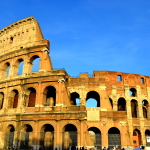
10 Facts About The Colosseum
Rome’s most popular monument was built between 72-80 A.D. The Colosseum is still the largest amphitheater in the world, and stands as an iconic symbol of Rome and the great Roman architecture. Continue Reading…
10 Facts about Piazza Navona
Dominitian’s ancient stadium, now Rome’s most beautiful Piazza, is adorned with fine Renaissance and Baroque buildings, designed by the most famous architects of the 16C and 17C. The piazza is one of Rome’s liveliest squares, full of tourists, portrait painters, vendors, musicians, mime artists , shops and restaurants… Continue Reading…
10 Facts about Julius Caesar
The people of Rome gave him titles, honors and more power than anyone else in their history but who was the man behind? His influence today might be more prevalent than you think. Even the King of Diamonds in the traditional pack of playing cards is meant to represent him. Continue Reading…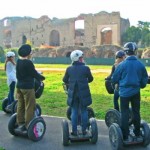
Appian Way, the Queen of Roads
Lately there was quite an interest with our Sunday Appian way Segway Tour, a good enough reason to add some words about the Remarkable yet less visited Via Appia Antica, with its History and Catacombs… Continue Reading…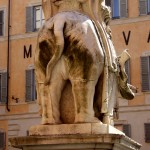
Bernini’s Minerva Chick
Adjacent to the pantheon, in front of the Dominican church “Santa Maria Sopra La Minerva” (St.Mary Over Minerva), lies one of the most curious monuments of Rome, the so called “Pulcino della Minerva”, or in english – Minervas Chick. The brilliantly carved and very realistic … Continue Reading…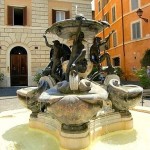
The Turtle Fountain
Many travelers wandering around Rione Sant’Angelo, more commonly referred as the Jewish Ghetto, tend to miss one of the most beautiful fountains in Rome, The small “Fontana delle Tartarughe” or “Fontana Tortoise”, better known as the Turtle Fountain… Continue Reading…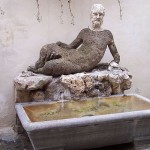
Rome’s ‘Talking’ Baboon Fountain
Er Babuino – The baboon Rome is famous for its marvelous fountains, but there is one that doesn’t shine for beauty, and it is the “Fontana del Babuino” – “The Baboon Fountain”… Continue Reading…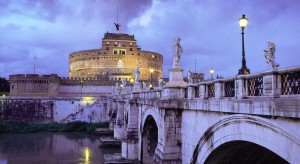


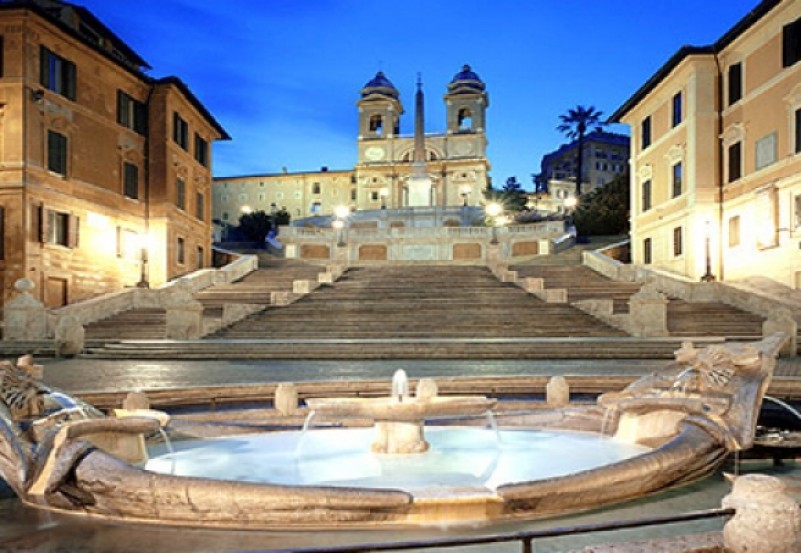
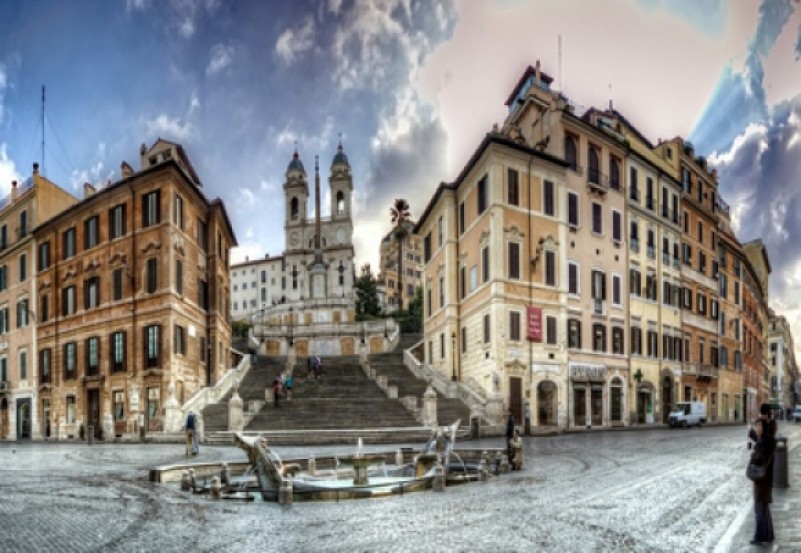
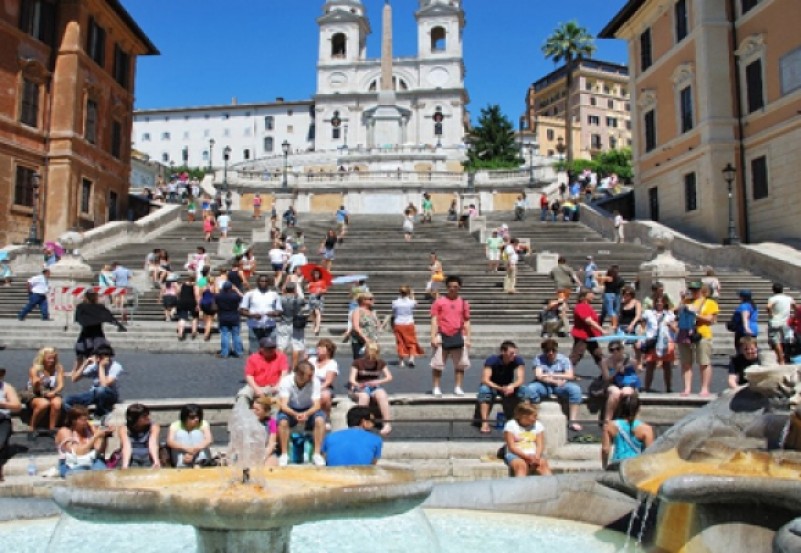






 SEGWAY & GOLF-CART
SEGWAY & GOLF-CART
Joseph Herrington
| #
The reading was very interesting.
Reply
UMBERTO VERGINE
| #
Is it not so that on the right-hand side of the steps, as one descends, there is—or there was—the smallest independent country in the world? It was perhaps the size of only one or two buildings. What was its name?
Reply
Gadi Levy
| #
I am planing a family trip to Rome and it looks that the site will help me to plan better and make me the tourist guide of the family.
Thanks
Reply
FriendlyNomad (@friendly_nomad)
| #
Hi there, we included a link to this excellent post in our own article, “9 of the best things to see in Rome”. Thanks for the extra insight on the Spanish Steps! We’re sure our readers will enjoy reading your post as much as we did : )
http://friendlynomad.com/best-things-to-see-in-rome/
Reply
Uriya
| #
Thank you! 🙂
Reply
Greg
| #
Good info😎😎
Reply
David Christian Martin
| #
Rome must be a beautiful intersection of arts and science.
Reply
Kathleen Bello
| #
Amazing tips. This will surely help me in my next trip to Rome.
Reply
Alanah
| #
i wrote them all down took me three hours. they could have wrote the paragrahs shorter.
Reply
Alanah
| #
💩💋🙃😜😫🤔
Reply
June
| #
Great article! Does anyone know when and by whom this was published? Thanks!
Reply
Uriya
| #
Thank you! was published 3 years ago.
Reply
Juanita Croman
| #
Great info
Reply